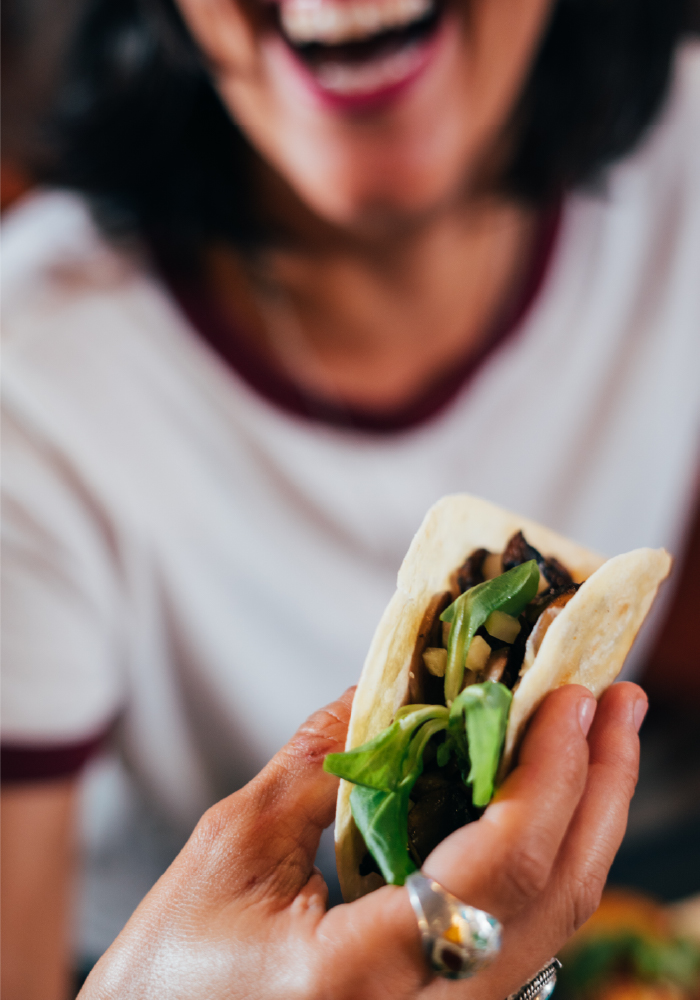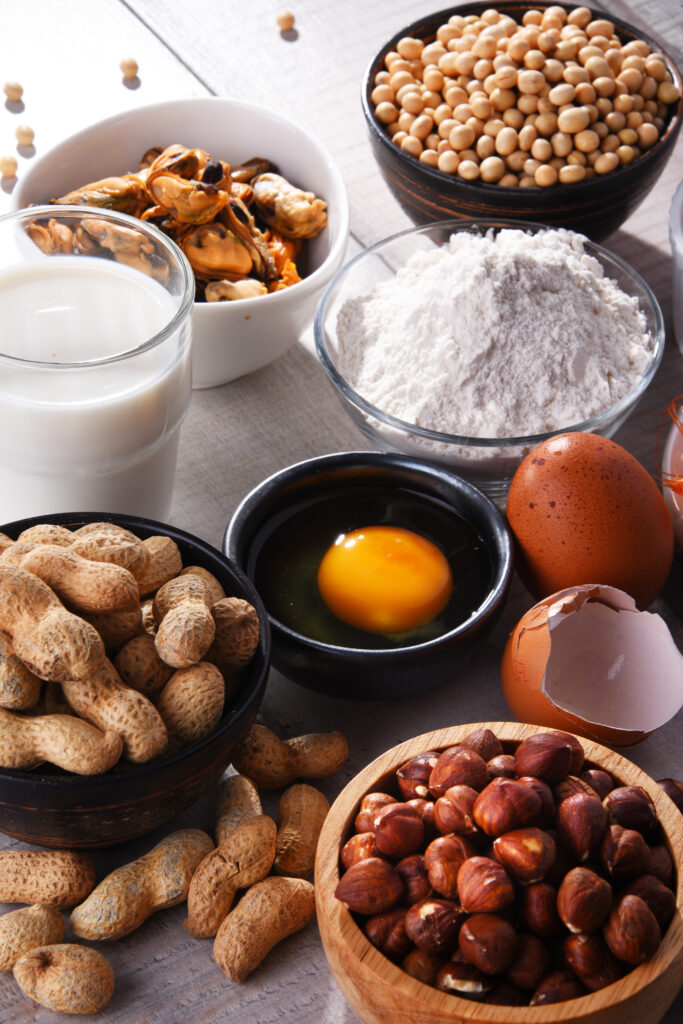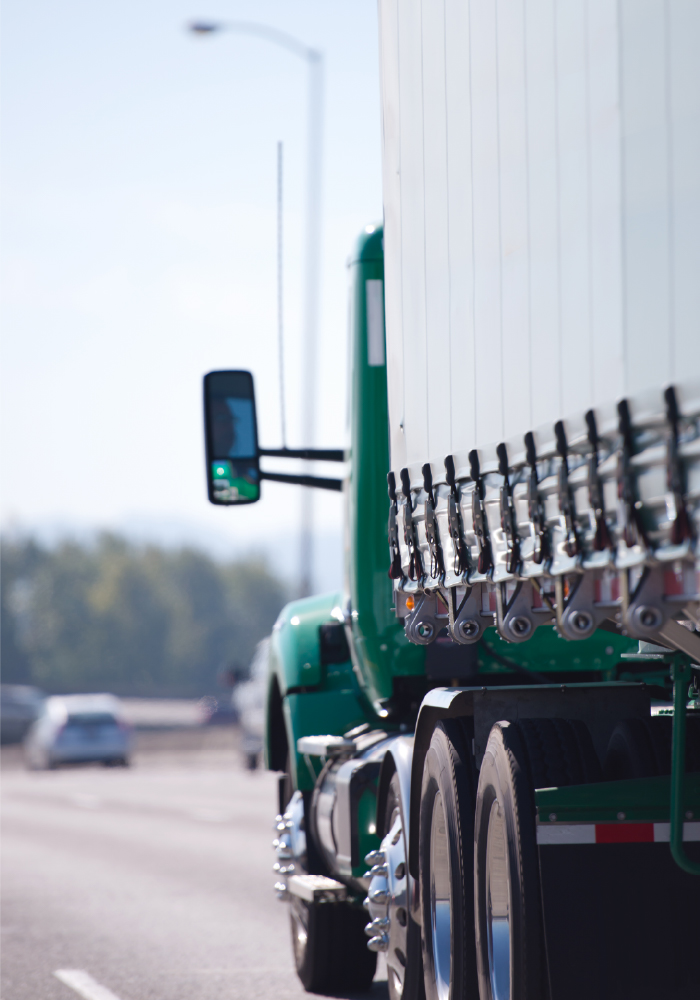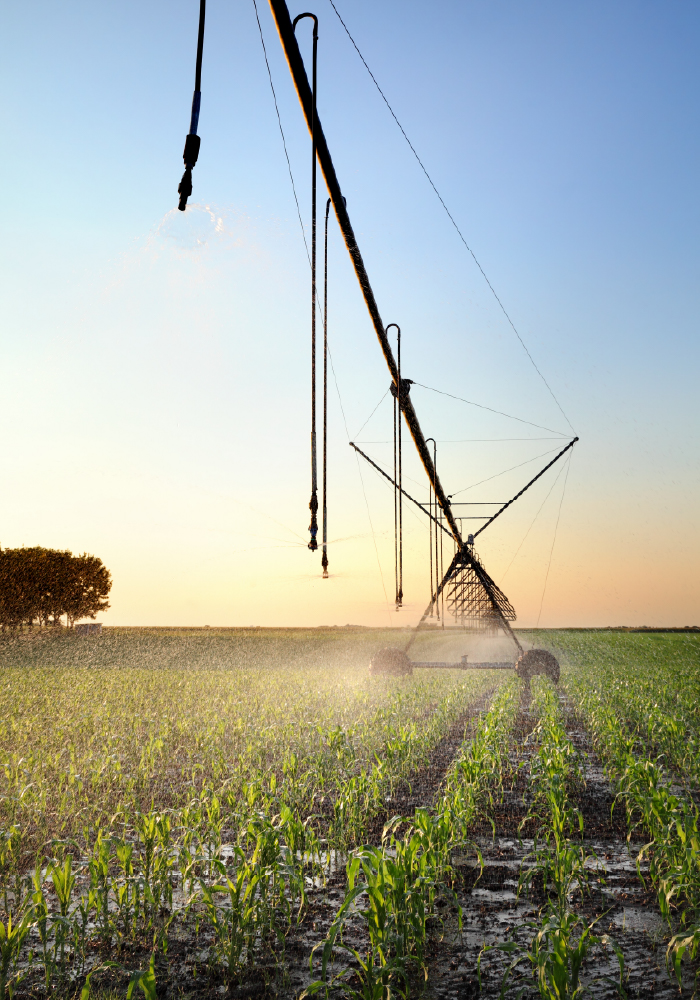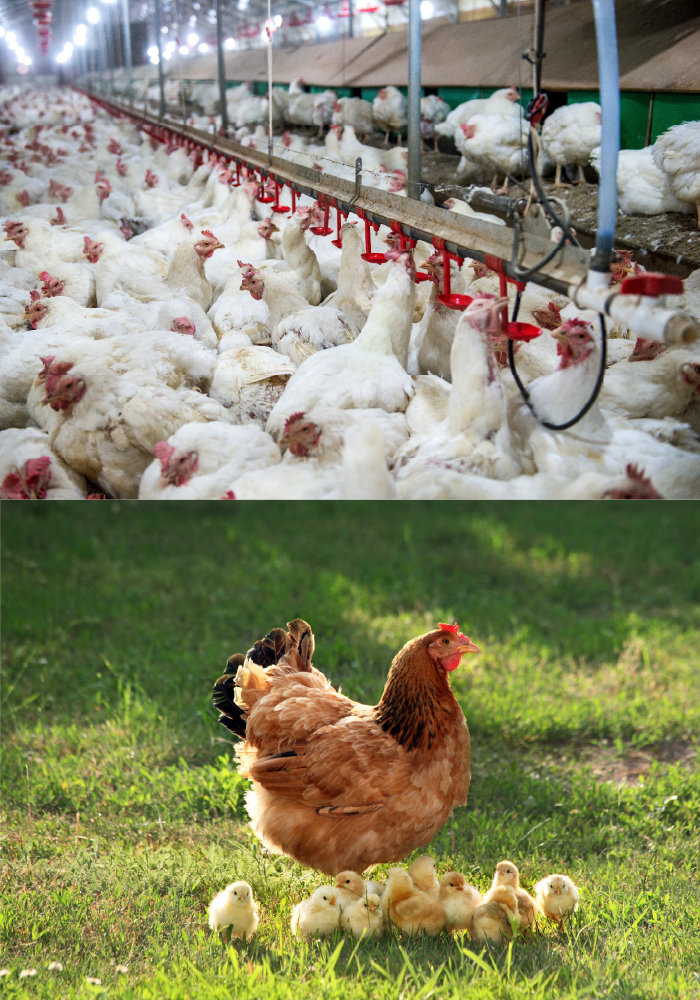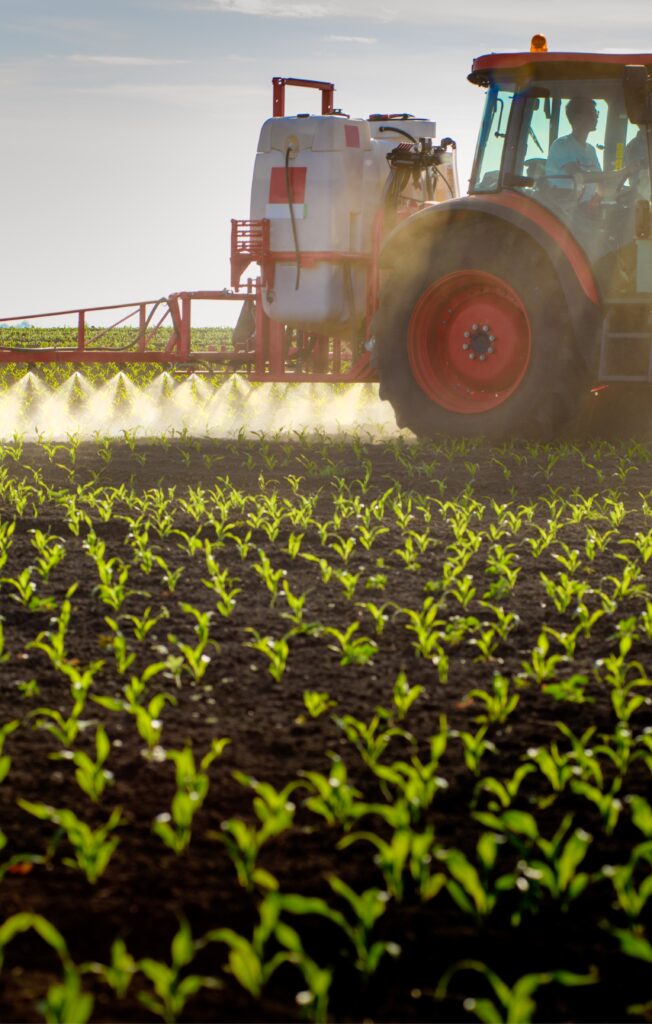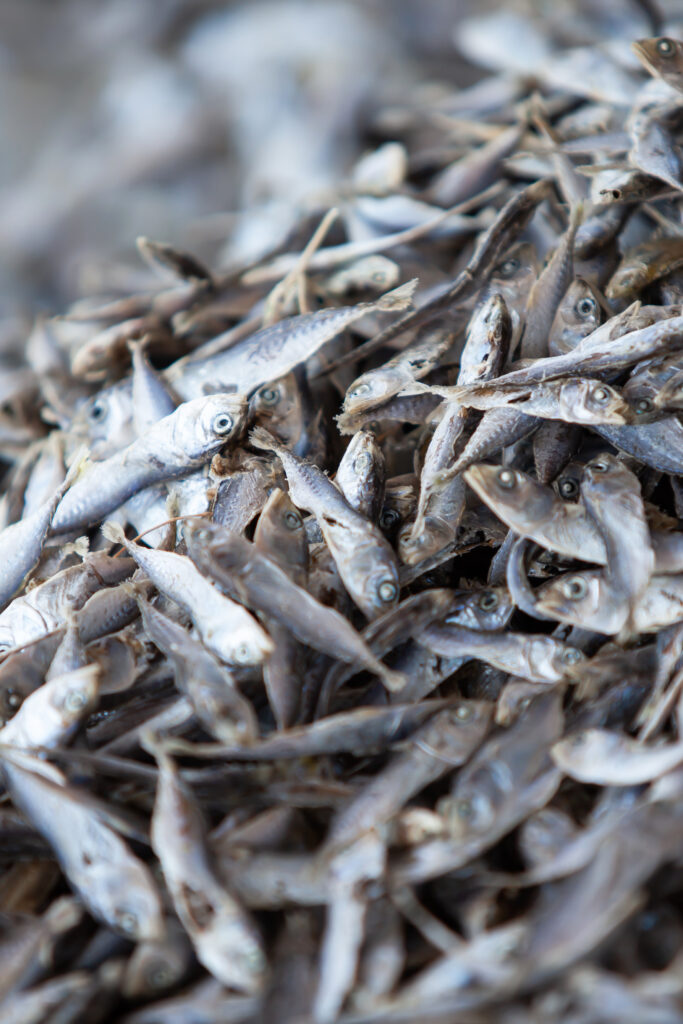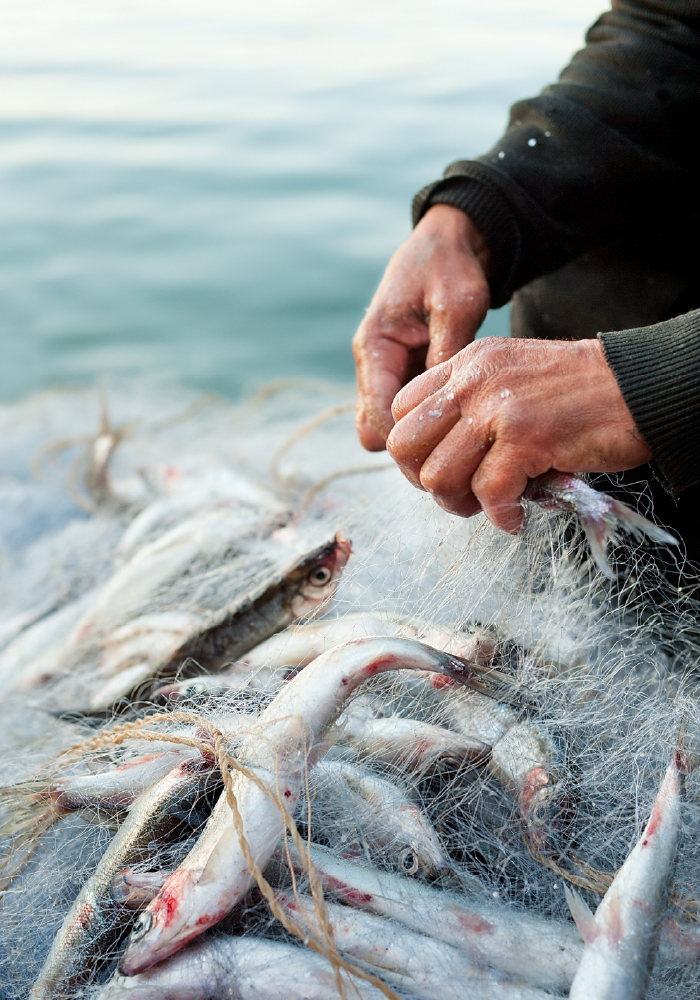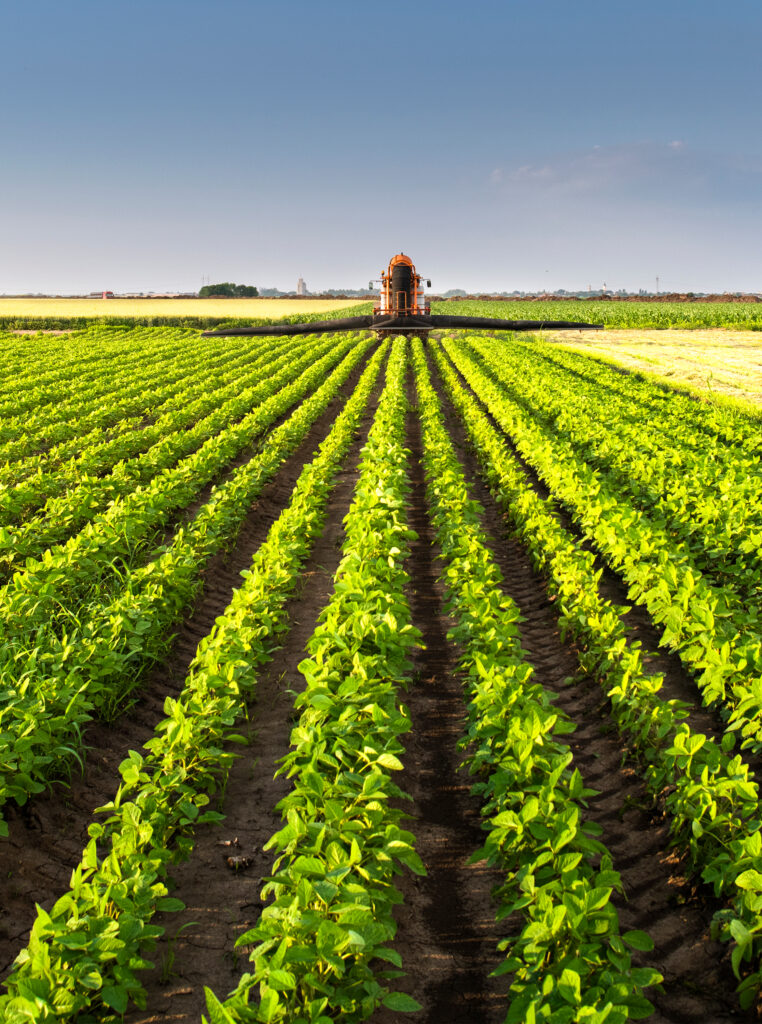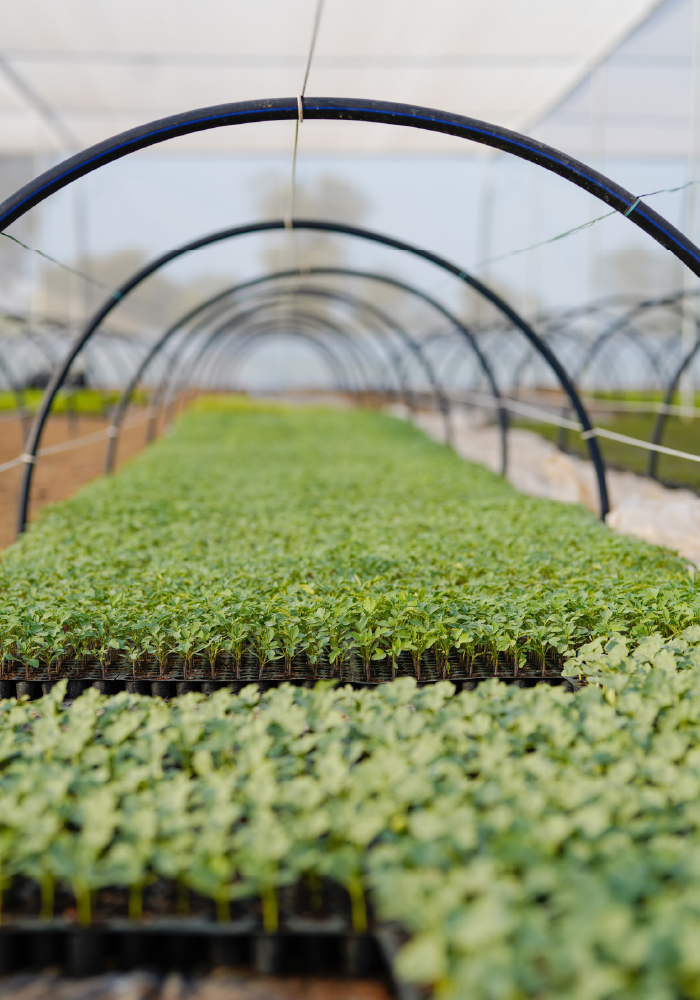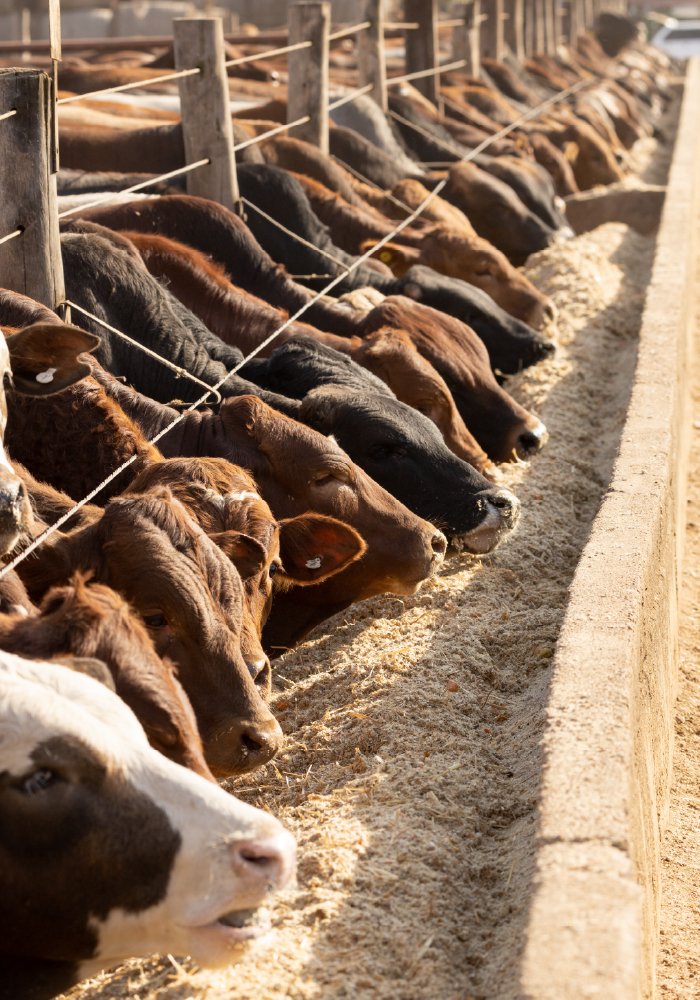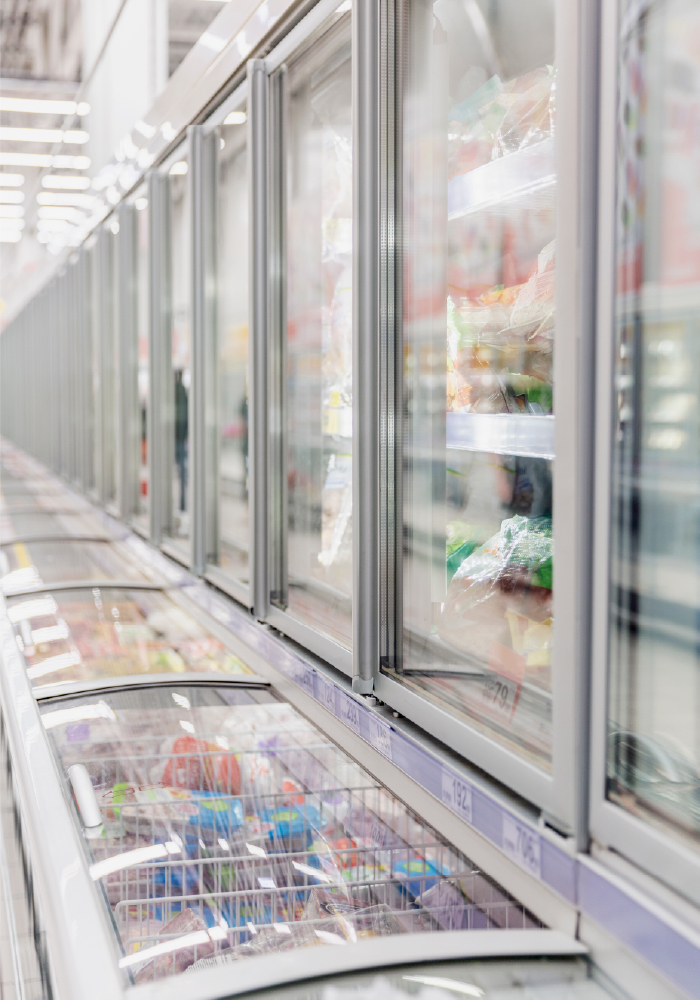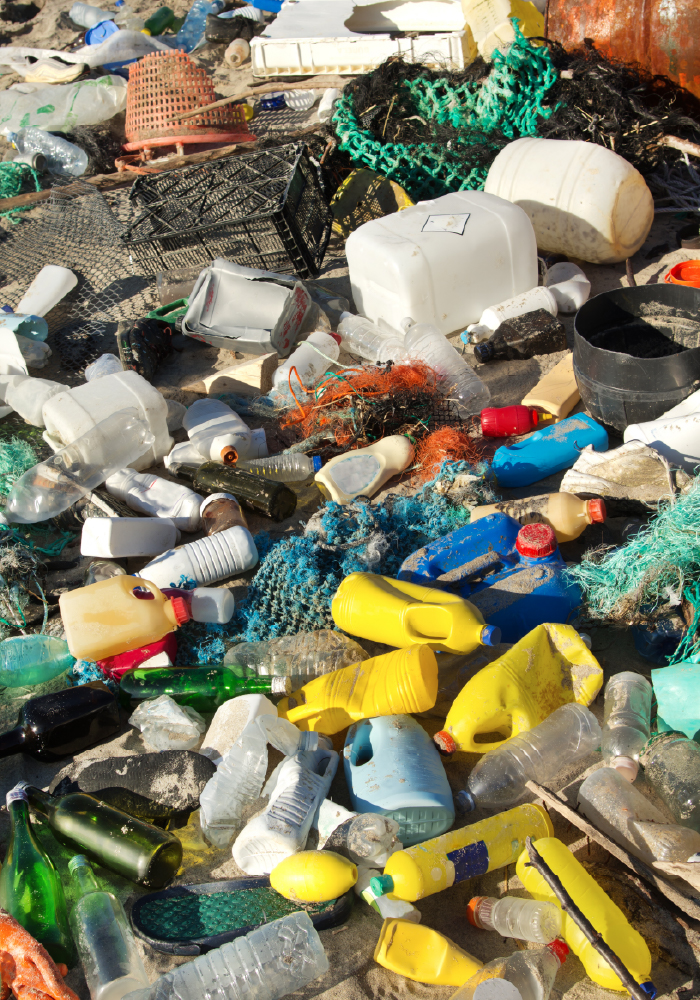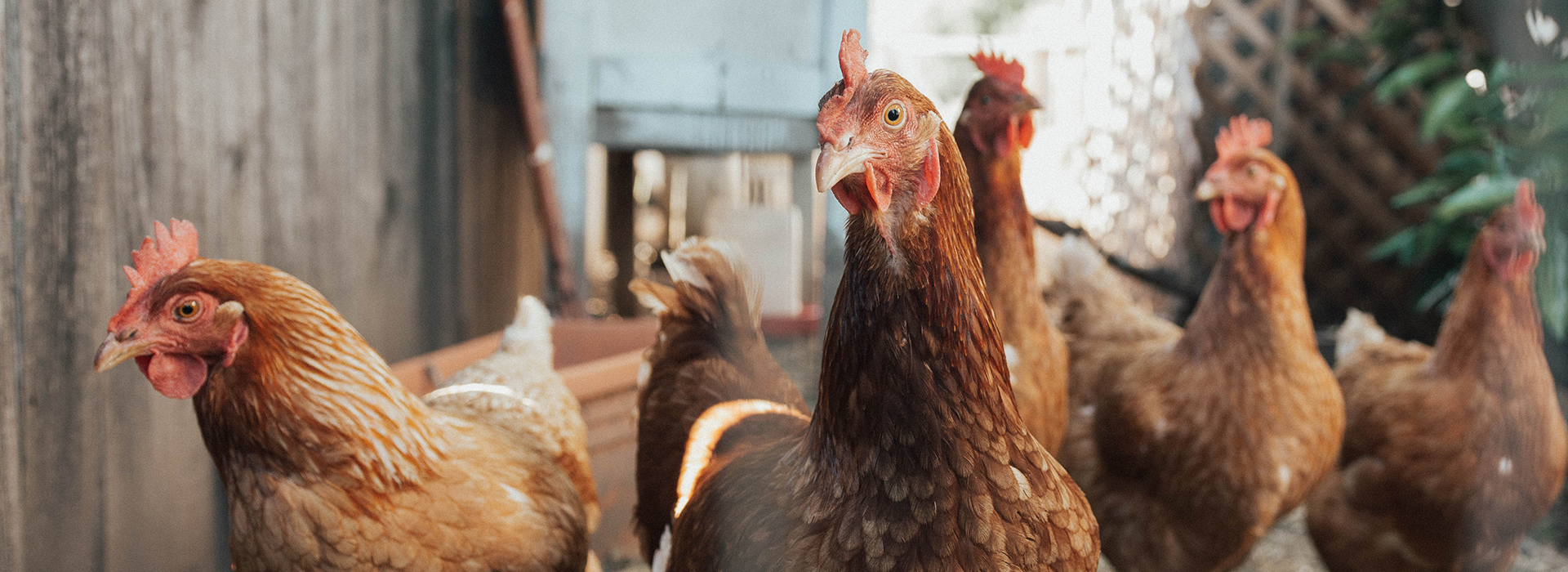
- Back to blog
- 15 August 2023
- Do not miss
- Labels
- Not classified
What does animal welfare mean?
Animal welfare is of increasing concern to consumers, and this trending topic is omnipresent in promotional campaigns. But at its core, what is animal welfare? And how can one navigate through the various programs and labels?
Worldwide, intensive livestock farming has a greater impact on the environment and climate than transportation. Furthermore, the effects of climate change, in turn, harm animal welfare.
Thus, a sustainable diet must support the transition toward less intensive farming practices and a more responsible consumption of animal products, in order to preserve biodiversity and reduce climate change. Eating less meat and choosing less premium cuts, such as off-cuts, helps reduce the number of animals raised and promotes more respectful farming conditions. Also read our blog posts on more sustainable meat consumption and organic labels.
Five universal freedoms
The World Organisation for Animal Health (WOAH) notes that animal welfare is a complex topic with scientific, ethical, economic, cultural, social, religious, and political dimensions. WOAH provides the following definition of animal welfare for terrestrial animals: the physical and mental state of an animal in relation to the conditions in which it lives and dies.
To develop international standards, the organization refers to five universally recognized freedoms: five freedoms universally recognized
- the absence of hunger, thirst, and malnutrition;
- the absence of fear and distress;
- the absence of physical or thermal stress;
- the absence of pain, injury, and disease;
- the ability of the animal to express normal behaviors of its species.
What does Swiss law say?
In concrete terms, the concept of welfare for livestock concerns the welfare of livestock concretely concerns the housing and confinement conditions, the care and health, the monitoring and feeding, as well as the transportation and slaughter conditions. In international comparison, Switzerland has stricter standards than the European Union, South America, or Asia, as noted by theSwiss Farmers' Union or the Agriculture.ch website of the cantonal chambers of agriculture.
The law regulates aspects such as breeder training, the number of animals allowed per farm, the minimum space in the barn for resting and feeding, bedding, outdoor access, noise, light, feeding, the use of medications and antibiotics, transportation conditions and duration, as well as slaughter.
In addition, the Confederation prohibits battery farming of hens, beak trimming in chickens, and tail docking in pigs, for example, and the production of foie gras is simply banned. Castration of piglets and dehorning of calves are done under anesthesia, and the scalding of live crustaceans (such as lobsters) has recently been prohibited.
Programs and Labels
In addition, there are various programs and labels that go beyond legal requirements. These are supported by the Confederation, the agricultural world, or the large retail sector.
SST/ROA programs the programs SST (Systems of Stabling Particularly Respectful of Animals) ROA (Regular Outdoor Access) The Confederation encourages these through the allocation of direct payments to farms. A large number of farmers voluntarily follow these recommendations. For example, the SST/SRPA programs value the number of days cattle spend outdoors or the existence of winter gardens for poultry.
Swiss Meat Quality Assurance The farming community developed the AQ-Swiss Meat program , which ensures compliance with various regulations through private law controls. Additional requirements regarding animal husbandry and welfare may apply, such as feed without genetically modified organisms (GMOs) or palm oil, or the renunciation of windowless barns.
Others labels: several private labels also go beyond legal requirements regarding animal welfare, such as Demeter, Bio Suisse, IP-Suisse, Natura-Beef (Swiss Mother Cow) Bœuf de pâturage (Migros) or Naturafarm For detailed requirements, refer to the website of each label as well as the independent comparison guides from Swiss Animal Protection, of labelinfo.ch or of WWF.
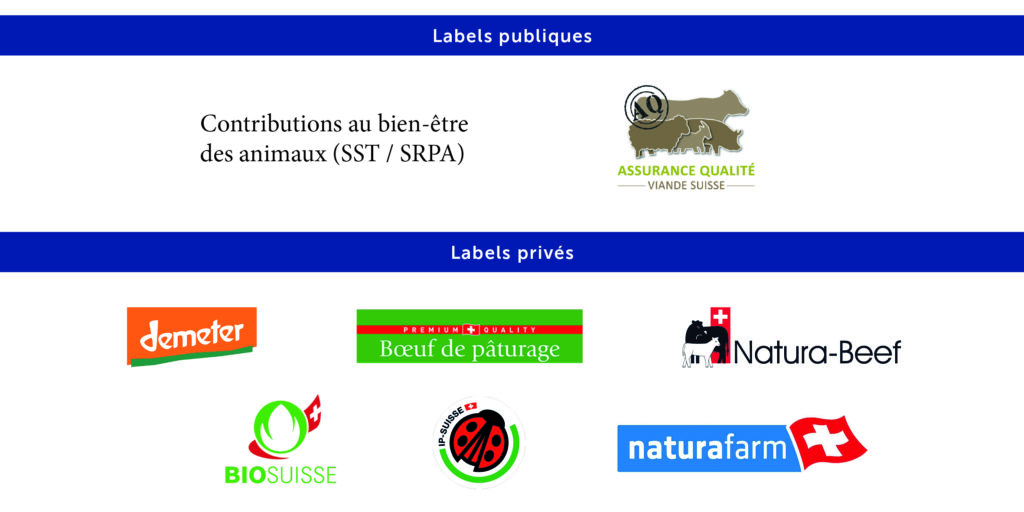
Common livestock animals
The concept oflivestock includes all domesticated animals whose care aims at the sale of products, whether they are alive or transformed (milk, eggs, meat, etc.). The most common livestock animals in Switzerland are: cattle, pigs, sheep, goats, horses and equids, poultry, llamas and alpacas, bees, rabbits, deer, quails, and pigeons.
The ECO-SCORE® methodology
To evaluate the environmental impact of food, the ECO-SCORE® by Beelong methodology also takes animal welfare into account through bonuses via: agricultural labels and animal husbandry programs, and the agricultural policies of producing countries (more details here).
The Beelong Team

